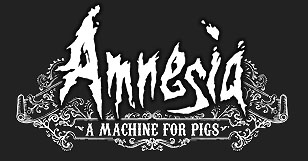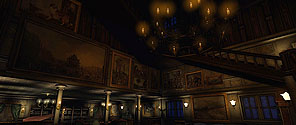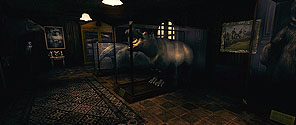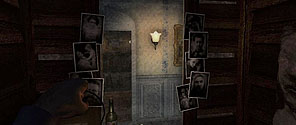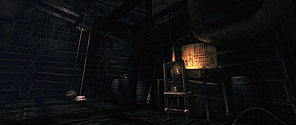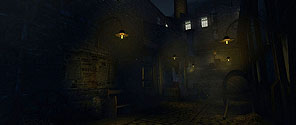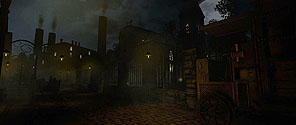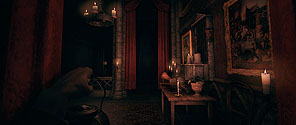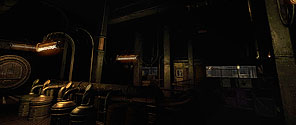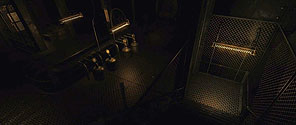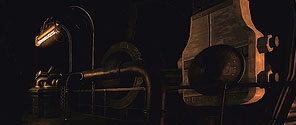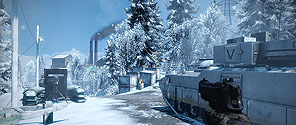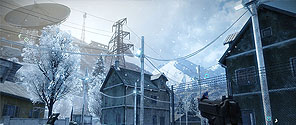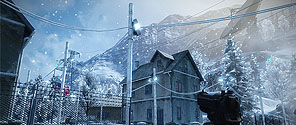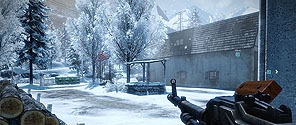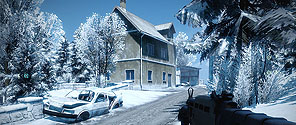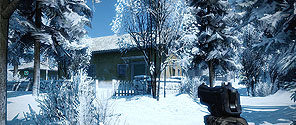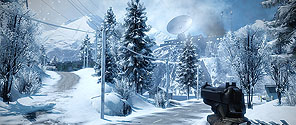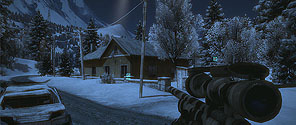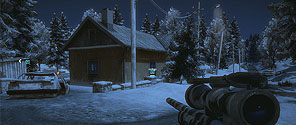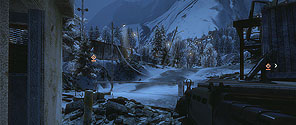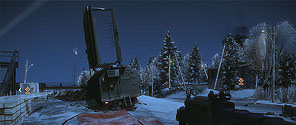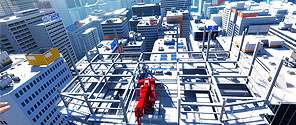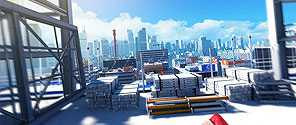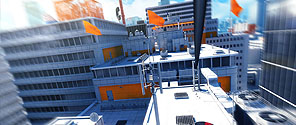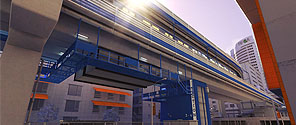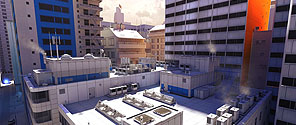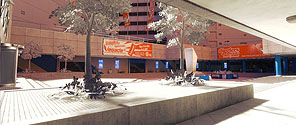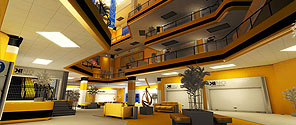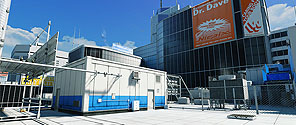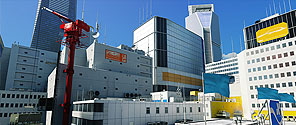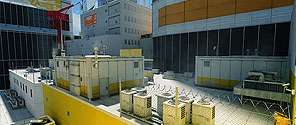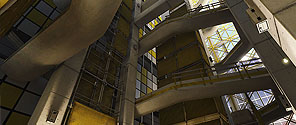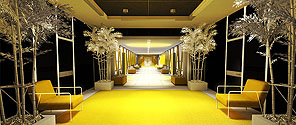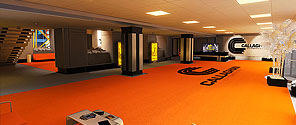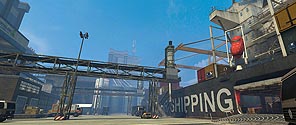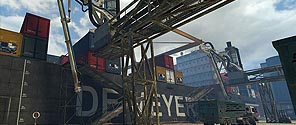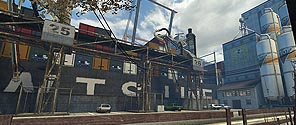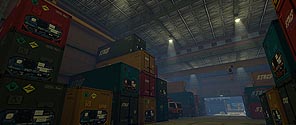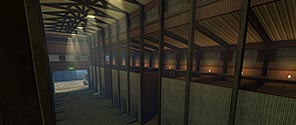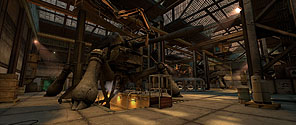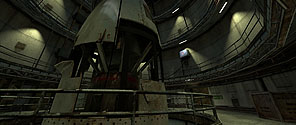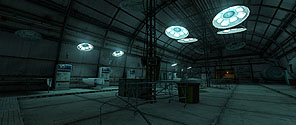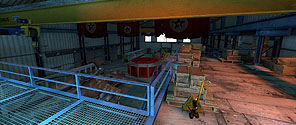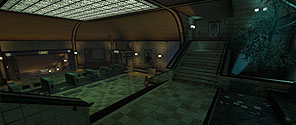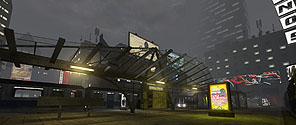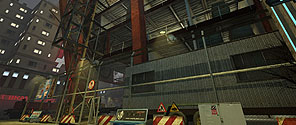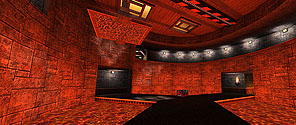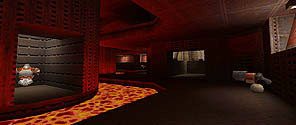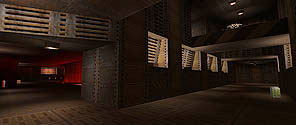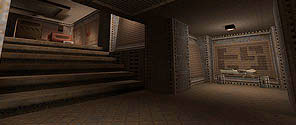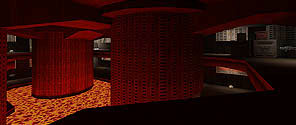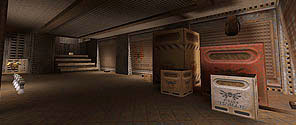The Order: 1886
I had just started work on Amnesia: A Machine For Pigs, when I was contacted by Ready At Dawn
studios located in Irvine, California. Since Amnesia: A Machine For
Pigs was originally planned as a ten month project and applying for a
work visa in the United States could take a while, I decided to fly over
for an interview. After witnessing an early prototype of what would
become The Order: 1886,
I knew this was going to be a unique experience. I took the Level
Design role and started work late 2012. The main level that was assigned
to me was “Brothers In Arms”, an infiltration mission where you had to
find a way inside the United India Company’s headquarters in search of
evidence. I also redesigned the plaza area in “Always A Knight” to have a
better reveal of the United India House across the street. Due to
production schedules and upcoming deadlines I was also given the task to
rescope both the “Under Siege” and “Brother, Let Us Embrace” levels.
Chapter 1 – Always A Knight
Chapter 8 – Under Siege
Chapter 11 – Brothers In Arms
Chapter 16 – Brother, Let Us Embrace

Amnesia: A Machine For Pigs
I was contacted by The Chinese Room late 2011 to work as the Lead Artist on a sequel for Amnesia: The Dark Descent. The sequel being, Amnesia: A Machine For Pigs, is made on the HPL2 engine which was created by Frictional Games
for their first title. It has proven to be quite challenging given the
tech to compete with today’s visual standards but I feel confident that
we succeeded in making an overall great single player experience worthy
of it’s predecessor. As the lead I was responsible for a consistent
level of quality throughout the game and to make sure that the level
design complimented the story they wanted to bring forward.
Mansion
Church
Factory

Battlefield: Bad Company 2
After completing my work on Mirror’s Edge late 2008 I moved to another one of DICE’s projects, Battlefield: Bad Company 2. For this I worked with the studios in-house engine FrostBite 1.5.
I did the initial sculpting of the terrain and design blockout for the
single player mission “No One Gets Left Behind” and I also worked on two
multiplayer levels “White Pass” and “Nelson Bay”. Laying down the first
art pass and make it work in favor of the strategic elements that the
game has to offer.
White Pass
Nelson Bay

Mirror's Edge
The exposure from my Off Limits project created new unforeseen opportunities. I had to make a choice after being contacted by DICE
in 2007. They were looking for an Environment Artist to work at their
Sweden based studio and asked if I would be interested in taking the
role. Up until this day I was working late nights and weekends on what I
considered my hobby projects. During the day I had other
responsibilities, working for my dad’s construction company.
After much deliberation and flying over to Stockholm I decided to
change my career path and take the plunge into the games industry. Later
that year I started work on Mirror’s Edge, which was built on an upgraded Unreal Engine 3. Soon after I got hired I received the opportunity to work on the company’s demo that was to be presented at EA’s
internal GPMM event. “The Edge”, which later served as the first level
of the game, was one of three levels I created for this project. The
others being “New Eden” and “Kate”.
Prologue – The Edge
Chapter 5 – New Eden
Chapter 8 – Kate

Off Limits

After having built and released two Quake levels I moved towards the Half-Life universe, where I co-lead a successful Counter-Strike clan. With the announcement of Half-Life² in 2003 came the motivation to work with the mod tools included with its release. Co-founder Maarten de Meyer and myself decided to start a Half-Life² modification called Off Limits.
For this I had to pick up a great deal of skill sets e.g.: modeling
weapons, vehicles, characters and props, UV-mapping, texturing, UI
design, designing the game and managing the project, etc. Basically
anything we needed to make this a reality. I had plenty of time to learn
these skills due to the late 2004 release date of Half-Life². Once out,
I got familiar with the HAMMER level editor and the Source
engine pipeline. However, my main passion lied in level design and
environment art. I created “Styx” and “Undersiege” from scratch and most
of the unique assets that came with them. Robert Briscoe
donated his “Russia” level and with his permission, I gave it a
complete redesign. I also updated or created new assets where needed so
it would fit the Off Limits universe. Internal playtests proved we had
created a unique and fun multiplayer experience that strongly enforced
teamwork. Everyone who contributed on Off Limits was able to find a job
in the games industry, which is something I’m very proud of and is a
testament to the hard work that was put into this project.
Undersiege
Russia
Styx

The Frag Pipe 2002
I migrated from Quake 2 to Quake 3: Arena
when it was released in 2000. My late night habits were no different
from my Quake 2 days. I was very much into this new Quake sequel.
However, I, as many others at the time, wanted to play Quake 2 levels
within this new Quake universe. At the time, there were no proper
versions available of my favorite Quake 2 level “The Frag Pipe”. I
decided to recreate it myself as soon as the GtkRadiant
level editor became available in 2001. Apart from the moving platforms
inside the green slime pit, the level is identical to its predecessor.

The Extreme Lava Experience
My journey into game development started with Quake 2
back in 1998. I would play this game after work hours, deep into the
night. I enjoyed battling inside these arena’s so much I decided to
build my own multiplayer deathmatch level using the Qoole
editor. As the name might suggest, the level was built around a giant
pool of lava that has side rooms looping back between the upper and
lower floor. I finished and released this first level somewhere in 1999.
It was very rewarding to share my work with others and play inside the
space I had created.

|



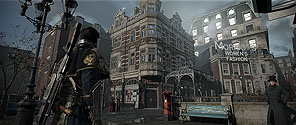

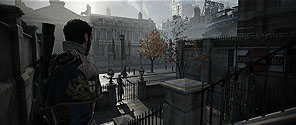


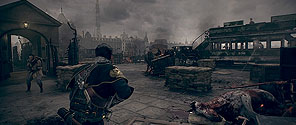

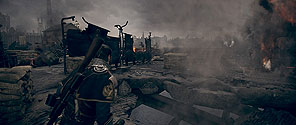
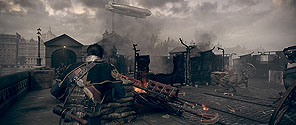
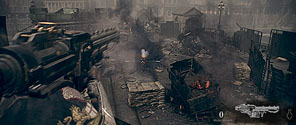
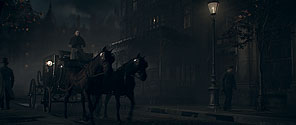






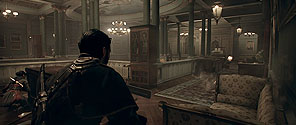
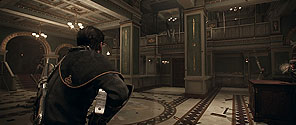




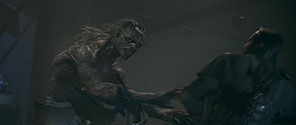

![]()
